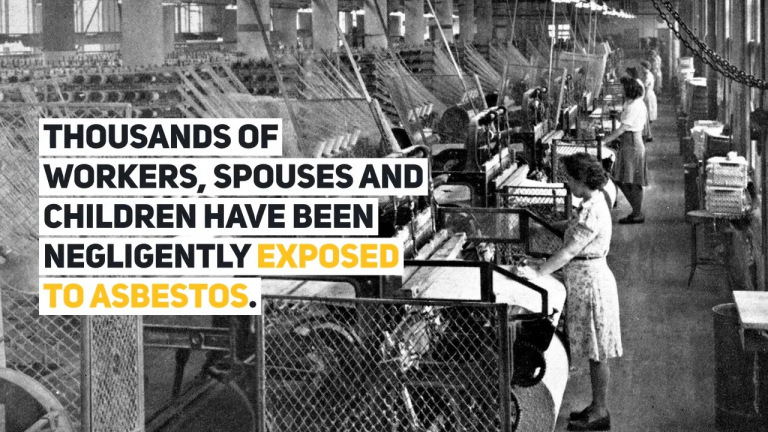The Faces of Asbestos Exposure
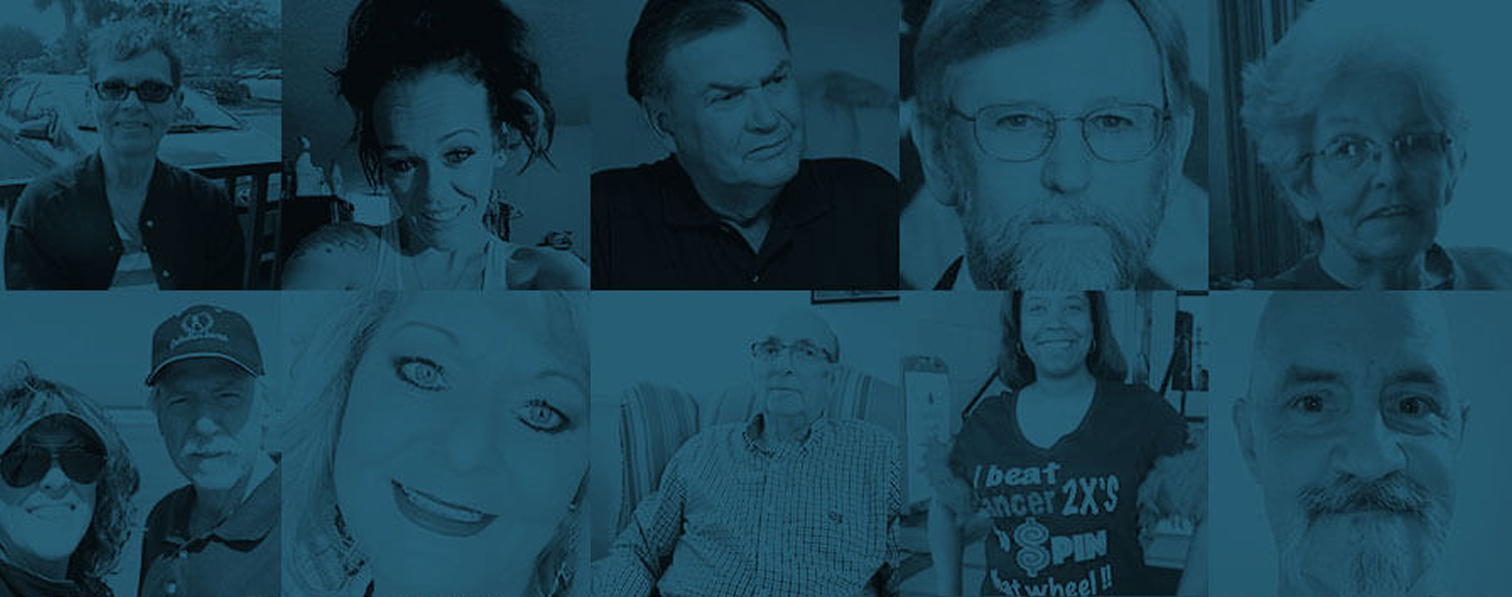
Written by Karen Selby, RN | Edited by Walter Pacheco
Asbestos kills nearly 40,000 Americans each year from malignant mesothelioma, lung cancer and other related diseases. The U.S. is the only developed country that has not fully banned the carcinogen.
Thousands of workers, spouses and children have been negligently exposed to the toxic mineral. The longer the U.S. waits to ban asbestos, the more we will see heartbreaking stories like these.
Exposure Stories from Mesothelioma Patients
One Ill-Fated Summer
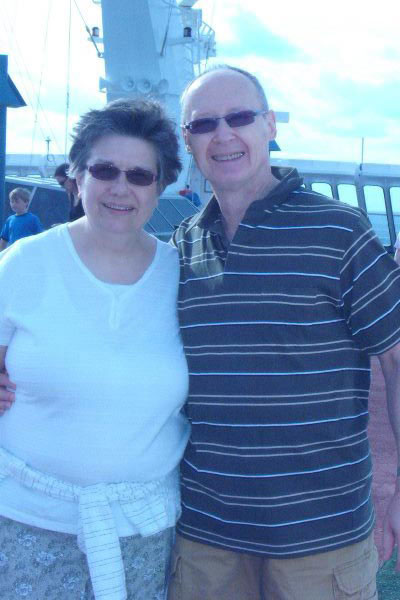
Chuck Gast was an elementary school teacher for 16 years. In the summer of 1973, he decided to take a part-time job working in an industrial furnace factory.
“I needed something to tide us over because the paychecks from teaching stopped in June,” he said.
For about six weeks, Gast worked with asbestos-laden furnace insulation. He remembers coming home covered in dust.
He wasn’t aware then of the dangers of the asbestos or that his six-week summer job would lead to a cancer diagnosis 43 years later.
Gast was diagnosed with pleural mesothelioma in July 2016.
“I was 27 years old and never thought something like this would come back to haunt me,” he said. “That’s one job I should have never taken.”
‘Nobody Thought About It Back Then’

Judy Goodson spent 20 years working as a chef for senior citizens and 20 years bartending. Neither carry even a low risk of asbestos exposure, so it’s easy to understand her shock when she was diagnosed with peritoneal mesothelioma in March 2013.
“I knew mesothelioma came from asbestos, so the first thing I asked myself was where the hell was I?” she said. “For a long time, I felt so guilty. I was blaming myself, but it’s not my fault.”
The diagnosis sparked her memory from ninth grade when her junior high school was remodeled. Huge plastic sheets were the only thing separating Goodson and her classmates from demolished asbestos-containing materials.
She once held an office job where ceiling tiles and floor tiles were torn apart. Goodson also believes she experienced secondhand asbestos exposure in her younger years. Her father worked in steel mills, a high-risk occupation for exposure. She would regularly wash his work clothes, which were often covered in dust.
“All this stuff now comes to you,” Goodson said. “Nobody thought about it back then.”
A Cloud of Dust Aboard a Navy Ship
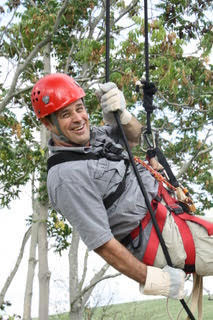
The U.S. military used asbestos extensively from 1935 to 1975. No branch relied on the toxic mineral more than the Navy, which used it to insulate and fireproof ships.
During his 20-year stint in the Navy, Jim McWhorter worked on the electrical systems of mounted guns, repaired hydraulic pumps and was once in charge of the lighting in the boiler room of a ship — a high-risk area for asbestos.
Even the ship’s living quarters where he slept were filled with fireproof asbestos materials.
“The mattress ticking, the pillow ticking, even the curtains on the racks, everything was laden with [asbestos],” he said.
It was aboard the USS Francis Marion in 1978 when McWhorter believes his most significant exposure to the toxic mineral occurred. The Paul Revere-class attack transport, commissioned by the Navy in 1961, was involved in a collision with McWhorter aboard. High volumes of dust were released from the bulkheads.
After about six weeks of testing and inspections, Navy officials came in and taped everything off, confirming the dust was asbestos.
“This was all after the fact,” he said. “It was too late then.”
McWhorter was diagnosed with pleural mesothelioma in May 2016. He died Dec. 26, 2018.
Fate Predetermined as a Baby

Raeleen Minchuk was diagnosed with peritoneal mesothelioma in October 2014. She was only 36, an unusually young age for someone diagnosed with a cancer that typically takes decades to develop.
She had cytoreductive surgery that removed nearly everything from her abdominal cavity. She still works out, travels and spends as much time with her sons as possible, but the diagnosis changed her life forever.
Unlike many mesothelioma survivors, Minchuk’s fate was decided much earlier in life. Her father renovated her grandparent’s home in 1979, when the dangers of asbestos were not as well-known as they are today.
She was just a baby, crawling on the floors and breathing in asbestos dust from the remodel.
“I always try to stress to people that it’s real and can happen,” she said. “My life was predetermined at one year old that I was going to get sick and going to die.”
Living Life to the Fullest

Al Moylan spent most of his working life installing, maintaining and repairing mechanical piping systems as a pipefitter in Connecticut.
An avid fisherman and motorcycle enthusiast who lived by his own rules, Moylan was diagnosed with pleural mesothelioma in 2015. His pleurectomy and decortication surgery at Brigham and Women’s Hospital in Boston was the first hospital stay for an otherwise healthy man.
“When I was first diagnosed and told it was terminal, it was like they dropped a piano on me,” he said.
Moylan was a surgical candidate despite being almost 80 at the time of his diagnosis. The procedure to remove his tumors took 10 hours. Doctors removed the lining of his right lung, a rib and parts of his diaphragm.
He lost his courageous battle with mesothelioma in February 2018 surrounded by family. Just a month earlier, he took a trip to Walt Disney World in Florida. He never lost his zest for life or a delicious meal.
“That’s just the way I live,” Moylan told The Mesothelioma Center at Asbestos.com in 2016. “I enjoy every damn day I have. And I never have lost my appetite for good barbeque.”

You shouldn’t have to choose between getting care and paying for it. Get the financial support you deserve.
See My OptionsAwareness and Early Detection Is Key
Mesothelioma is an entirely preventable cancer.
Health risks of asbestos exposure date back to the late 19th century. But this didn’t stop dozens of companies from negligently exposing workers to asbestos. Greedy corporate executives failed to properly warn their employees of the dangers of handling and working with the naturally occurring mineral.
They put profits ahead of human lives.
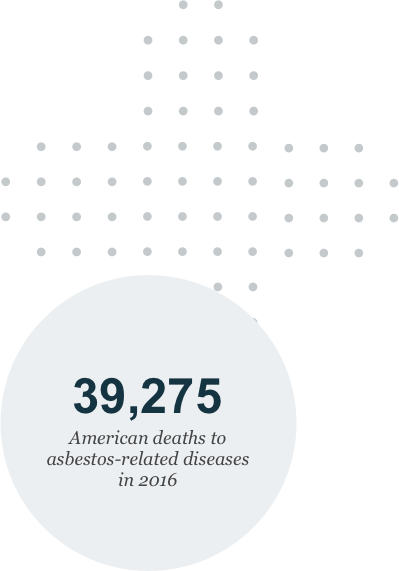
Occupational exposure is the No. 1 cause of asbestos-related diseases, but former manual labor and trade workers aren’t the only people affected by these illnesses.
Workers unknowingly brought toxic asbestos fibers home on their clothes, exposing their family members and anyone else in the residence. Others were exposed in office settings or old school buildings under renovations that didn’t follow proper abatement procedures.
Doctors diagnose an estimated 3,000 cases of mesothelioma each year in the U.S.
It typically takes anywhere from 20 to 60 years for symptoms to show, with one 2022 study noting the median time from initial occupational exposure to death as 32 years. Most patients are diagnosed in the later stages, when the mesothelioma treatment options become more limited.
Researchers and specialists have pushed for early screenings of individuals at high risk of developing mesothelioma and other asbestos-related diseases. Identifying those with a history of asbestos exposure and raising awareness about the dangers of the toxic mineral are key steps to earlier detection and lower mortality rates.
But the only way to truly cut down on cases of mesothelioma and other asbestos-related diseases is a full ban of asbestos in the United States.
Dr. Raja Flores, a mesothelioma doctor at New York’s Mount Sinai Hospital, is vocal about the need for a comprehensive asbestos ban, saying it can “save more lives than I can with my knife.”
“Asbestos is a killer,” he said. “The evidence is clear.”

